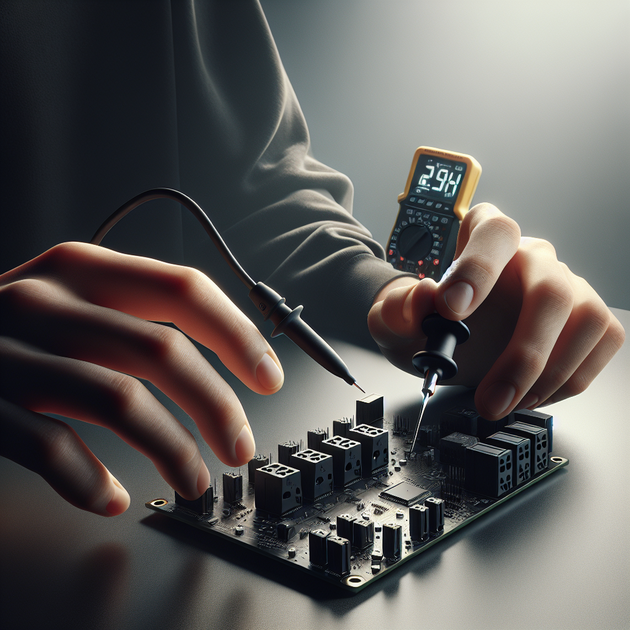Is there anything more frustrating than staring at a mystery 3-pin connector with no idea which pin is positive, negative, or what purpose each serves? If you’re working with something like the ECS Aio A950 and don’t have the original power supply or a pinout diagram, it’s easy to get stuck. But there are safe ways to identify positive and negative pins on a 3-pin connector—even if you don’t have power or documentation on hand.
Understanding 3-Pin Connectors
Three-pin connectors are everywhere in electronics. You’ll see them in computer fans, sensors, motherboards, and even some small appliances. Typically, one pin is for positive voltage (V+), one for ground (GND), and the third could be for data or speed control. The exact pinout can vary by manufacturer or device type.
For example, PC fans usually follow this layout:
- Pin 1: Ground (black wire)
- Pin 2: Power/Positive (red wire)
- Pin 3: Signal (yellow wire)
But colors aren’t always standard—some connectors use blue for ground or switch things up entirely.
How to Identify Positive and Negative Pins Without Power
If you can’t find any labeling or datasheet for your ECS Aio A950’s connector, don’t worry. Here are some practical steps to help you figure out which pin is which—without risking your hardware:
- Look for Markings: Examine both the connector itself and the PCB (printed circuit board). Many boards label pins with symbols like “+”, “-”, “G”, “VCC”, or “GND.” Even tiny print can be a clue.
- Wire Color Codes: Manufacturers often follow conventions: red usually means positive, black or blue means ground. White or yellow is often used for data or signal. But always double-check—these aren’t universal.
- Trace PCB Tracks: If the connector is soldered to a board, use your eyes (or a magnifier) to trace where each pin leads. The ground pin often connects to large copper fills or mounting holes. The positive might run toward voltage regulators or capacitors.
- Check the Device Manual: Try searching online for “ECS Aio A950 manual” or “ECS Aio A950 pinout.” Even old product pages or forums sometimes have helpful diagrams. Official support pages like ECS may also help.
- Use a Multimeter (Continuity Mode): With no power connected, set your multimeter to continuity mode. Touch one probe to the ground pin of another known part (like a chassis screw or USB shield) and probe each connector pin. The one that “beeps” is likely ground.
Common Pin Arrangements in Electronics
There isn’t just one universal way to wire 3-pin connectors, but here are some common patterns:
- Fan/Sensor Standard: Ground – Power – Signal (from left to right facing the pins)
- Jumper/Audio: Left audio – Ground – Right audio
- Motherboard Headers: Power LED (+) – Power LED (-) – Reset or Signal
If you’re still unsure after checking everything above, try searching for your device’s model plus “pinout” as sometimes hobbyist forums and sites like pinouts.ru list diagrams for less common hardware.
Safety First: Don’t Guess With Power
It’s tempting to just “try it and see,” but connecting power incorrectly can fry your components. Always double-check before applying voltage. If you’re unsure about your identification:
- Ask in trusted forums (like EEVblog or Tom’s Hardware) with detailed photos
- Contact the manufacturer’s support
- Consider using a variable bench power supply with current limiting set very low—so mistakes won’t cause damage
A Quick Anecdote: Lessons Learned the Hard Way
A friend once tried hooking up an old fan with an unlabeled connector straight to a power supply—just matching colors by guesswork. Within seconds, the fan spun up… then stopped with a puff of smoke. Turns out the “red” wire wasn’t positive at all! That $10 multimeter test would’ve saved them the cost of a new part.
Wrapping Up
Identifying positive and negative pins in a 3-pin connector without power isn’t impossible—just take it step by step. Look for markings, check colors but don’t rely on them blindly, follow PCB traces if you can, and always test with a multimeter before applying any voltage. When in doubt, don’t risk your gear—ask around or wait until you can confirm safely.
Have you ever had to troubleshoot an unknown connector? What tricks worked best for you?

Leave a Reply